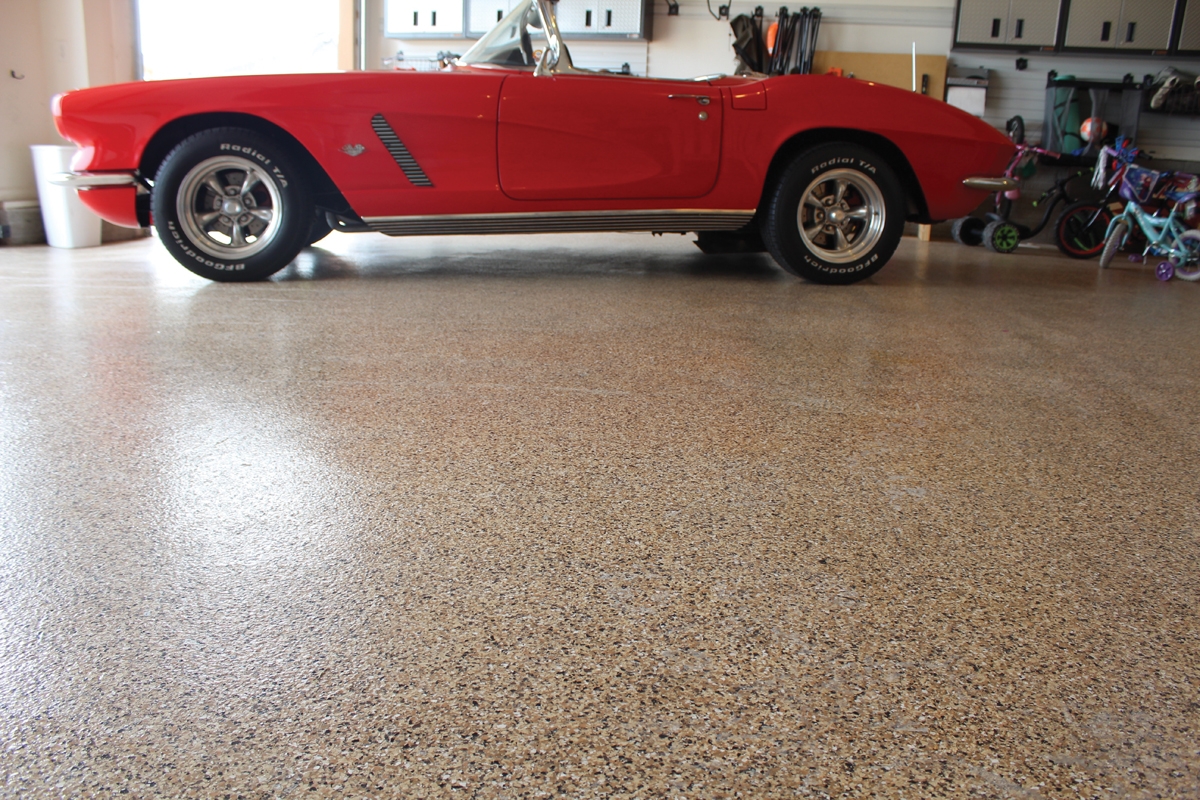
Custom-Crafted Clothing & Ecommerce
For a long time, the clothing market was dominated by large retailers. The proliferation of ecommerce has done a few things for the clothing industry. People are now able to purchase clothes for a relatively lower price than in the past—as large ecommerce providers can beat physical retailers with lower costs. The popularity of shopping online has helped another group: individuals selling custom clothing. This is the golden age of making and selling custom clothes, as the cost of entry into the market is drastically lower than in the past. All it takes now is an ecommerce store and a bit of marketing to the right audience. Custom-crafted clothing and ecommerce is potential winning combination when done well. These are ways you can make sure they work together.
Make Sure Your Store Is Visual
Some ecommerce stores can get away with using stock product photos. This isn’t the case with a custom-crafted clothing ecommerce store. Visual content simply does better at engaging audiences compared with text-heavy media. For this reason, it’s crucial your brand’s imagery is appealing to potential customers.
It’s also important that product photos are attractive to customers. Few things are a bigger turn off to customers than a blurry or pixelated photo of a product. Showcase details when selling custom clothing. Whether you use a model or mannequin to highlight the shape of the clothes, make sure you get enough photos and use proper lighting with a professional camera. If you don’t have the resources to take high-quality photos yourself, hire someone to do it. You need good photos to sell custom clothes.
Find the Right Ecommerce Platform
When doing a cloud ecommerce platform comparison for a custom clothing store, it’s important to go with a provider that can translate your clothes’ attitude onto a webpage. Gaining customer loyalty is always a highly involved process. It will only be made more difficult if your ecommerce provider doesn’t have strong user experience and design options. Your ecommerce store needs to itself feel like a store, where people will want to spend time shopping.
Choose an Appropriate Price for Your Clothes
Two of the most popular ways to determine a good price point for a product are cost-based pricing and value-based pricing, which is a way to determine optimal price based on a how a product fits into its niche. For a custom-made clothing ecommerce store, it probably makes more sense to go with a value-based pricing model since people likely will pay more for an item that’s clearly well-made and itself has value. Keeping cost-based pricing strategies in mind is a good idea as well, however, since you may lose some potential customers if you make the cost of owning your clothes too high. Your clothes are also your best marketing asset. Just having them on more people will get more eyes on your product. This can help create further demand, which in turn can justify raising the price of your clothes.
Factor Shipping into Your Price
Since you’re selling custom items, there’s at least a little bit of flexibility in your pricing. Once you’ve figured out an appropriate price range, factor in shipping costs as well. As long as the cost of the item with shipping built in doesn’t get unreasonable, people will be more likely to complete purchases with your ecommerce store. This is because shipping prices are one of this major things that cause people to abandon their ecommerce carts. Custom sellers are in the fortunate position of being able to offer free shipping by accounting for its cost in the price of the product.
There are many hurdles you will have to overcome in order to build a successful custom clothing ecommerce store. You will set yourself up for a better shot at long-term brand building and profitability by implementing these fundamentals into your ecommerce strategy.













